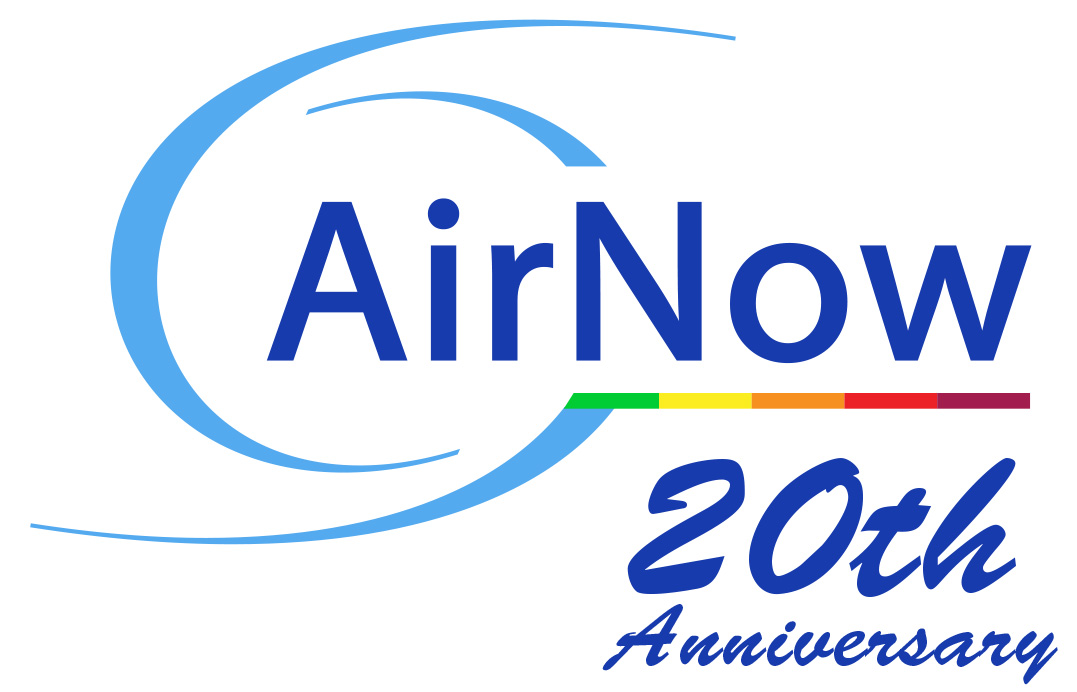
Most of us are used to being able to get air quality information any time we want it. We just pull up the AirNow app, or the website, and look to see what the air is like where we live. Twenty years ago, it wasn’t so simple. Then, reporting air quality information in real time was a relatively new concept – and one that hadn’t been proven using data from large numbers of monitors across states.
In fact, if you visited AirNow.gov 20 years ago this month, you would have seen air quality maps for just 14 states, from North Carolina to Maine. Building on ozone mapping projects in Maryland and EPA New England, this new website provided simple-to-understand information about ozone pollution in near-real time. The rest of the U.S. map was blank. But not for long.
By the end of its first summer, additional states had joined in, as AirNow found an audience of people eager for information they could use not only to learn about air quality where they lived, but also to help them take steps to protect their health.
Today, the AirNow website is the nation’s one-stop resource for current air quality information and forecasts for ozone and particle pollution from nearly 500 cities, It’s all made possible through a partnership with EPA and dedicated staff at state, local, tribal and federal agencies who provide real-time air quality information and daily air quality forecasts, to help you make decisions to reduce your exposure to air pollution when air quality is unhealthy for you.
Each year, millions of people visit AirNow.gov to check current air quality and forecast maps that show air quality in the familiar colors of the U.S. Air Quality Index. Travelers to National Parks visit AirNow to check visibility cameras and find out the latest air quality report for the park. Americans living and working abroad turn to the website for air quality information at U.S. embassies and consulates in 15 countries. And the AirNow infrastructure – the software platform that allows AirNow to map air data from hundreds of individual air quality monitors every hour – is available to any country that wants to share air quality information with its citizens.
In the two decades since AirNow first started mapping ozone, information technology has dramatically changed. Today, more than half of the people visiting AirNow.gov do so using a mobile device. The AirNow program has continued to evolve, launching a smart phone app in 2013, and developing a new, version of the website (to be released later this year) that is mobile-friendly and that focuses first on users’ local air quality conditions.
As the AirNow program begins its third decade, we remain committed to bringing you, the AirNow user, the latest information on air quality where you are, along with information you can use to make decisions about outdoor activity to protect your health.